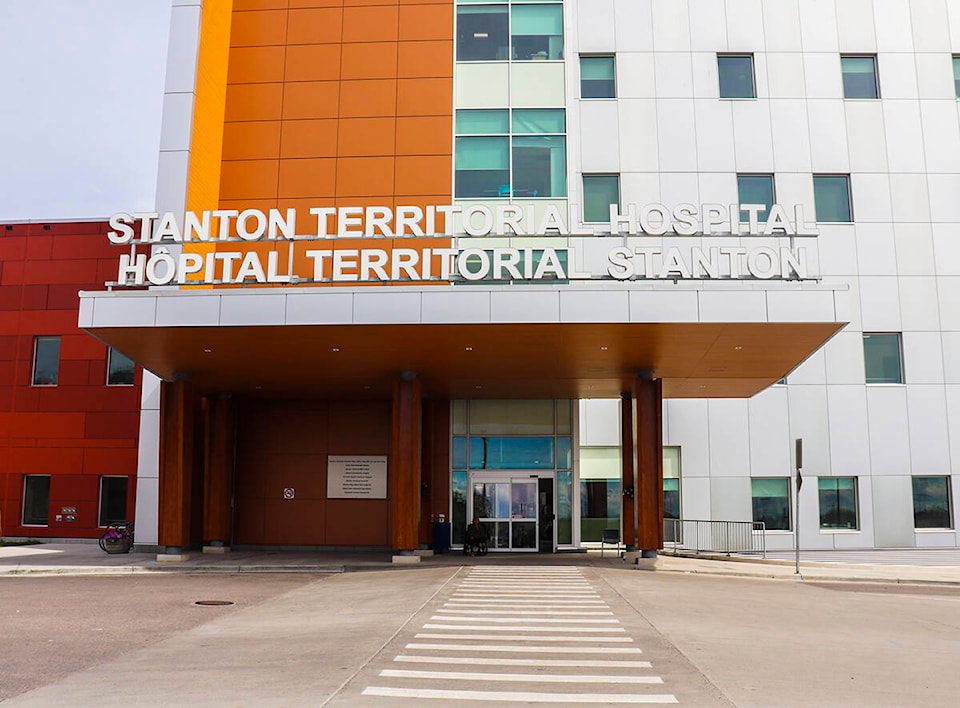Putting paramedics to work in hospitals, paying travel fees for international hires, and a referral program for GNWT employees are just some of the measures the GNWT is implementing, effective immediately, to address the territory’s ongoing healthcare staffing shortage.
Minister of Health and Social Services Julie Green announced the new measures in a press conference on Thursday, Aug. 18. The new measures follow the publication last month of a “What We Heard Report” based on a survey of more than 500 NWT nurses.
Paramedics will now assist in hospitals and health centres, particularly in remote and isolated communities. Green said this measure is already in place in Nunavut and Northern Quebec, and is “tried and true.”
She said there is currently no plan to make this a permanent initiative.
GNWT employees may now receive $1,000 if they refer a registered nurse or nurse practitioner. This was motivated by a finding in the survey that about 85 per cent of nurses learned about job openings through either word of mouth or the GNWT website. To incentivize overseas recruits, the territory will now pay travel fees for any candidates abroad who are licensed to practice in the NWT.
To promote employee retention in the remote NWT, nurses and physicians can now receive up to $2,000 to bring two loved ones to the territory during the Christmas holiday season.
Locum nurses who are filling in for other workers can now also be reimbursed for their licensing fees once they complete a contract with the GNWT.
Green said these initiatives will cost about $2.3 million in total in the current fiscal year, and the intent is to fund these efforts internally.
The What We Heard report includes shocking findings about working conditions and morale among nursing staff in the NWT: 79 per cent of nursing staff reported considering leaving their jobs in the last two years, while 55 per cent had considered leaving the profession altogether over the past two years. Ninety per cent have been asked to work overtime.
71 per cent of nurses reported experiencing workplace violence; Green said this violence was mostly verbal.
Green said she couldn’t rule out the possibility of further service reductions before the end of the year, although she said it’s not possible to predict what those service reductions would be.
The opening of the What We Heard report reiterates the current government’s commitment to increase the healthcare workforce by 20 per cent before the end of the current mandate. Green said she didn’t have up-to-date figures on how far along the territory is in this effort.
“We know that more work is needed,” said Green. “This is a crisis, and it can’t be solved overnight.”
Major vacancies persist across the territory
Meanwhile, vacancy rates continue to be alarmingly high in many parts of the territory: The vacancy rate for nursing positions is currently 26 per cent for the Northwest Territories Health and Social Services Authority; 50 per cent for the Tłı̨chǫ Community Services Agency; and 13.5 per cent for the Hay River Health and Social Services Authority (HRHSSA).
As for physicians, the vacancy rate for specialists is currently 30 per cent. Because the HRHSSA has not had a full-time physician for several weeks, the vacancy rate is technically 100 per cent.
